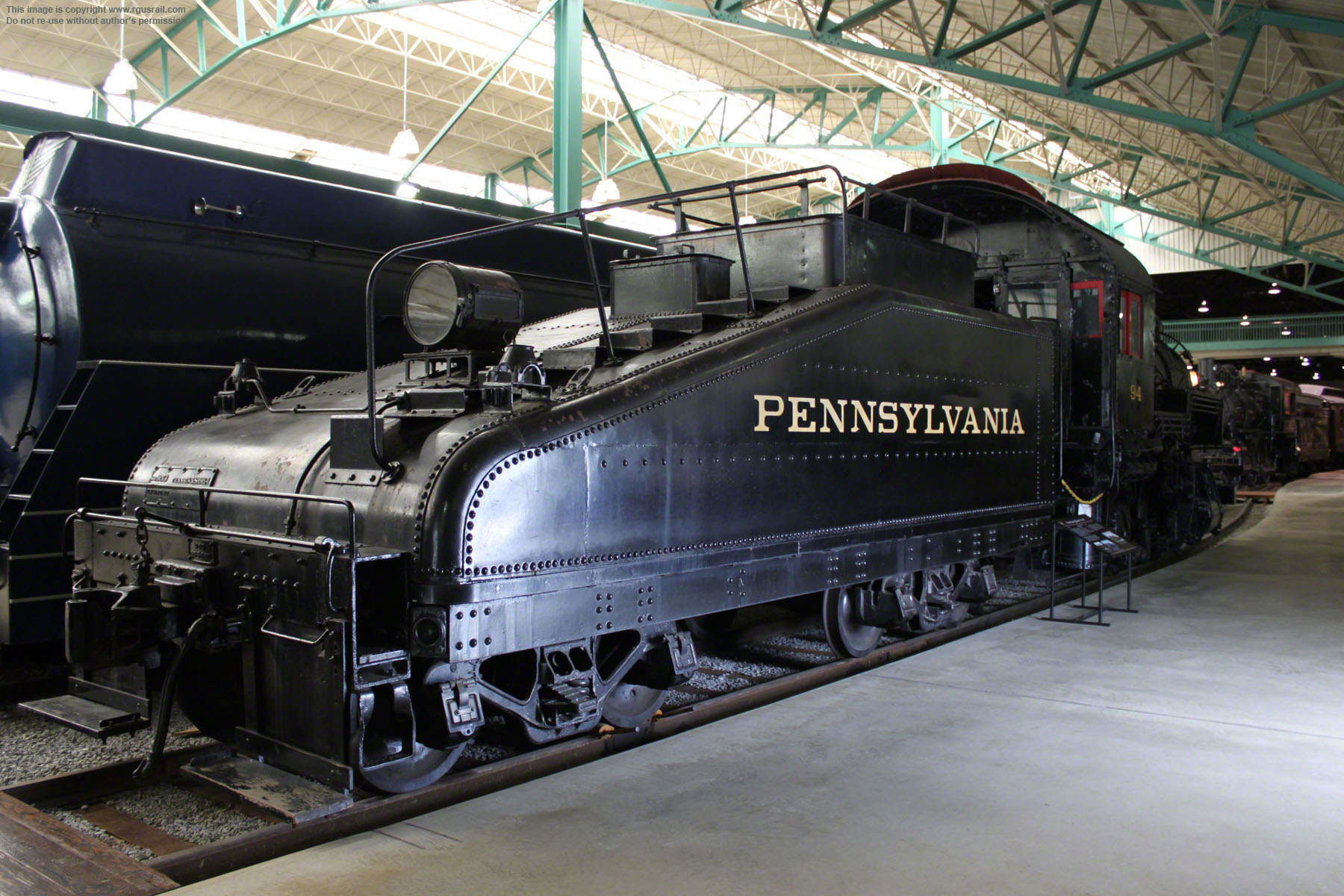I am currently working on a Lionel Legacy B6 for my layout. After playing around with for a few days, I brought it to the workbench to see about setting it up for Kadees and other possible enhancements for a 'layout quality' 3RS runner. Before I rip into a project, I try to decide how much time I want to spend on it so it doesn't sit around forever. There's also a point where it's worth trying to figure out if too much work just results in diminishing returns. In keeping with the spirit of what is basically a nice RTR model out of the box, some Kadees and some ride height corrections along with a bit of weathering will make this an acceptable 3RS model for my layout.
In any case, the first order of business was removal of the electrocoupler from the tender and to see if the ride height could be lowered using as much of the existing running gear as possible. At first glance, it looked as if it's riding at least 1/8" - 1/4" too high. Disassembly of the tender and removal of the trucks revealed a sort of 1/8" boss on top of the trucks, possibly to clear the electrocoupler. Upon examination, it was part of the pivot and was a separate piece. I drilled them out from underneath using a 5/16" bit. This dropped the trucks 1/8" which was good enough considering how much effort it would take to get it even lower. I kicked around some ideas for replacing the pivots and decided to use brass tubing. I used 1/2" sections of 5/16" tubing with 1/8" sections of 11/32" sleeved over the ends and soldered. If I was really slick, I could have put a setscrew in the top sleeve for easier disassembly if ever needed. I ground off the electroupler mount on the rear truck and rerouted the wiring to the bottom of the trucks.
Here are some progress shots so far. I also got the Kadee mounted and repainted the handrails using Polly Scale Brunswick Green. I thought about reworking the pilot details but just thought it was way too much work.





















